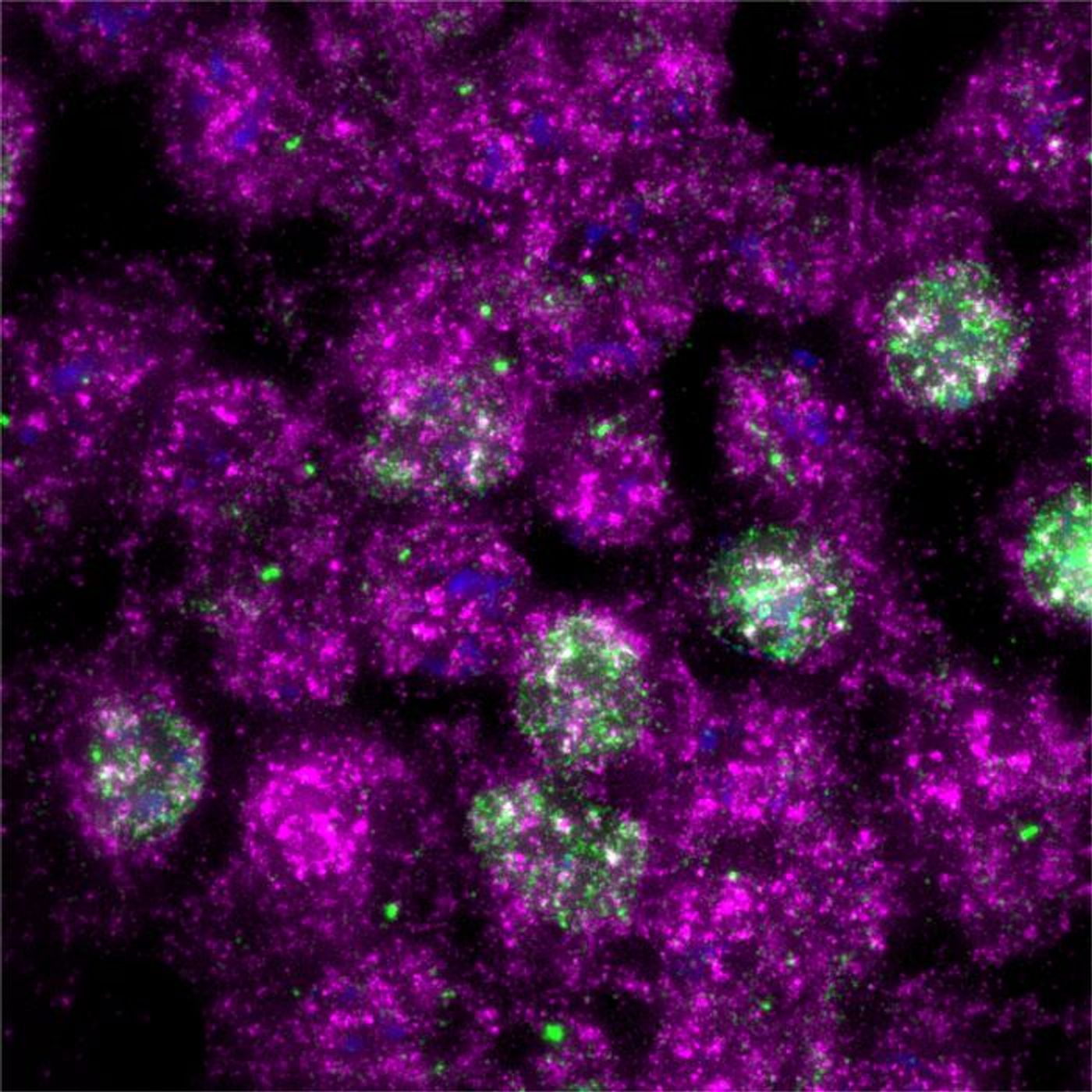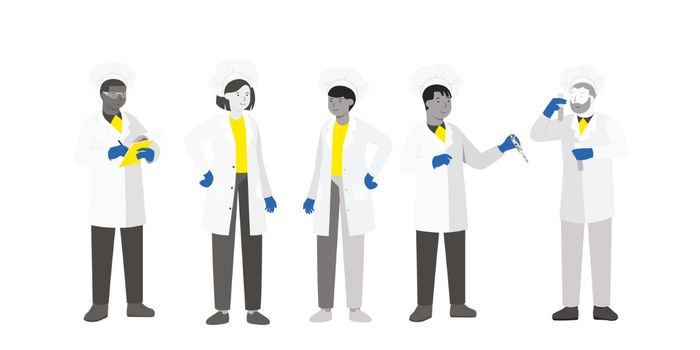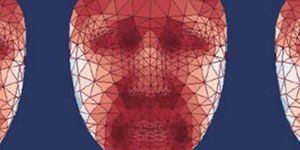Scientists Reveal How UV Radiation Causes Skin Cell Death
While we all benefit from some exposure to the sun, the sun's rays are known to be harmful when we aren't protected; UV radiation in sunlight can damage DNA. But scientists have now also determined that UV radiation can disrupt messenger RNA (mRNA), molecules that carry active genes to the cell's ribosomes, which translate mRNAs into proteins. This new research has shown that UV radiation damages an important protein known as ZAK, which helps cells respond to UV radiation. These effects have a significant influence on whether cells live or die after UV radiation exposure. The findings have been reported in Cell.
"RNA is a canary in the coal mine. It's telling the cell, 'We've got major damage here and we need to do something,'" said corresponding study author Professor Rachel Green, PhD, Director of the Department of Molecular Biology and Genetics at the Johns Hopkins University School of Medicine (JHSOM), and a Howard Hughes Medical Institute investigator.
ZAK is crucial to the identification of cellular damage; the protein monitors collisions between ribosomes, which can happen as the ribosomes move down mRNA that has been damaged by UV radiation. Upstream ribosomes can run into downstream ribosomes, which activates ZAK and a process called the ribotoxic stress response. A series of cellular events follow that decide the cell's ultimate fate.
If we can understand how cell's make life-or-death decisions, we will know more about the mechanisms that underlie skin cancer development, noted first study author Niladri Sinha, PhD, a Postdoctoral Fellow at JHSOM.
Using various models of skin cells that were exposed to UV radiation, this work has indicated that ZAK matches its response to the extent of cellular damage. Proteomic studies showed that how ZAK reacts can depend on the degree of UV radiation exposure. "There are graded ways that ZAK responds; it's not all or nothing," said Green.
The fate of a skin cell that has been exposed to UV radiation is mostly decided "by the extent of colliding ribosomes and ZAK signaling," Green explained. The findings have suggested that a crucial protein known as p53 and well-known DNA damage responses don't play a significant role in determining cell fate in these circumstances.
While the repair of damaged DNA is critical, and still happens in cells that are dividing and thus, copying their DNA, these pathways don't seem to be deciding the fate of a cell, added Green.
Sources: Johns Hopkins University School of Medicine (JHSOM), Cell




![Everything You Need To Know About NGS [eBook]](https://d3bkbkx82g74b8.cloudfront.net/eyJidWNrZXQiOiJsYWJyb290cy1pbWFnZXMiLCJrZXkiOiJjb250ZW50X2FydGljbGVfcHJvZmlsZV9pbWFnZV9mNTM1ZjIyYzA5MDE5ZmNmMWU5NmI0ZDc4NWU2MzdiZTZlN2I5ZDk5XzE4NDUuanBnIiwiZWRpdHMiOnsidG9Gb3JtYXQiOiJqcGciLCJyZXNpemUiOnsid2lkdGgiOjcwMCwiaGVpZ2h0IjozNTAsImZpdCI6ImNvdmVyIiwicG9zaXRpb24iOiJjZW50ZXIiLCJiYWNrZ3JvdW5kIjoiI2ZmZiJ9LCJmbGF0dGVuIjp7ImJhY2tncm91bmQiOiIjZmZmIn19fQ==)




